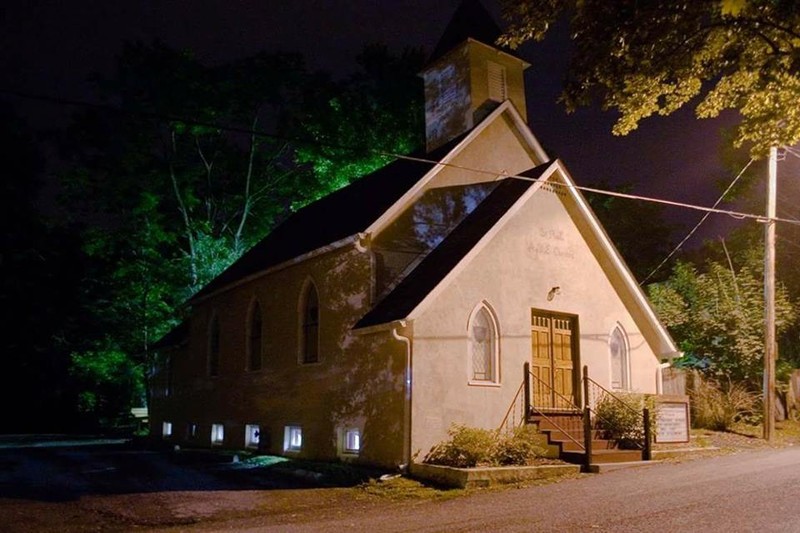St. Paul AME Church (Stop R)
Introduction
Text-to-speech Audio
Images
St Paul AME chapel was constructed in 1901 and replaced a wood frame building at this location that was built in the years that followed the Civil War.

Backstory and Context
Text-to-speech Audio
Prior to the Civil War, African-Americans (both free and enslaved) often attended services in primarily-white churches. The law in Virginia prohibited slaves from assembling for worship unless under the supervision of a white preacher. In many of these churches, slaves and freemen were restricted to a balcony section, while white congregants sat in the pews.
During the Civil War, Black religious activities were highly regulated, owing to fears that slaves would leave to serve in the Union Army. After the war, racial tensions between Blacks and whites facilitated the establishment of Black churches. St. Paul AME came about as the result of an AME minister's efforts to organize Black members of the Methodist Episcopal Church South (today Blacksburg United Methodist Church). White methodists wanted to help the new St. Paul AME and shared their building.
Today's St. Paul AME was constructed in 1901 on the site of a previous AME church, no longer extant. A few years later, the building was coated in stucco. This church still houses an active congregation today.
Sources
"St. Paul AME Church." Blacksburg Museum & Cultural Foundation. Accessed February 26, 2017. http://Blacksburgmuseum.org/about/historic-churches/st-paul-ame-church/.
"The Sixteen Squares of Blacksburg." YouTube. https://www.youtube.com/watch?v=zB1zBWt4KVw, published by the Town of Blacksburg, VA, http://tobweb.org/WalkingTour/.
